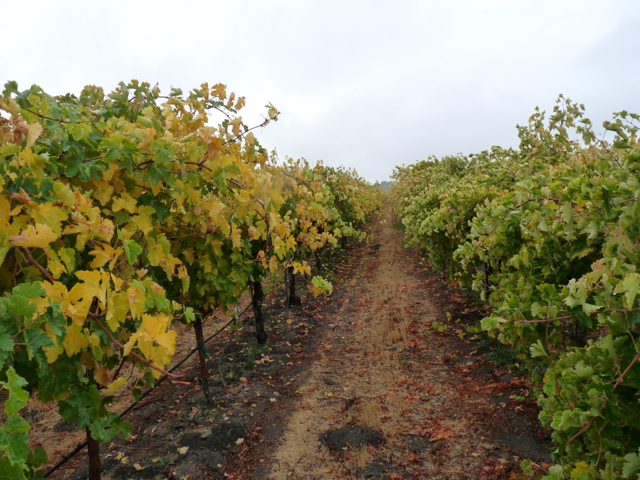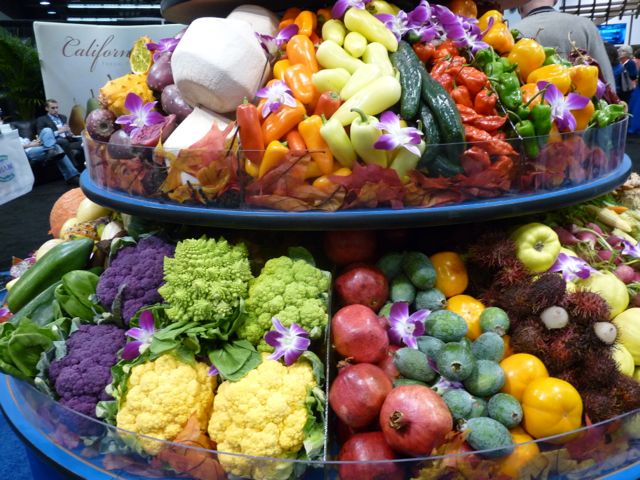Environment
Conservation Innovation Grant Pre-Proposals Deadline Approaches
The USDA Natural Resources Conservation Service (NRCS) in California announced TODAY that April 10, 2015, will be the deadline to submit project pre-proposals for Conservation Innovation Grants (CIG) this fiscal year. Up to $375,000 is available for the California statewide CIG competition.
CIG is a voluntary program to stimulate the development and adoption of innovative conservation approaches and technologies. The program leverages federal investment in methods that enhance the environment while also sustaining agricultural production. CIG enables NRCS to work with public and private entities to accelerate technology transfer and adoption of promising approaches to address pressing natural resource concerns.
In fiscal year 2015, NRCS California is requesting CIG project pre-proposals that focus on one or more of the following natural resource issues: water quality/quantity; air quality and climate change; energy conservation; waste recycling; and wildlife habitat. The CIG detailed proposal announcement and project requirements can be found at www.grants.gov, the California NRCS Programs webpage, or by contacting Erik Beardsley at Erik.Beardsley@ca.usda.gov or (530) 792-5649.
Grants to eligible entities and individuals may not exceed $75,000. Funds will be awarded through a statewide competitive grants process. Eligible applicants include eligible state and local government, nongovernment organizations, eligible private business or individuals for competitive consideration of grant awards for projects between one and three years in duration.
Applications for this pre-proposal phase must be received by NRCS before 4:30 p.m. on April 10. NRCS will announce selected pre-proposal applications by May 1. Selected applicants will then be required to submit a full proposal package to NRCS before 4:30 p.m. on June 5.
NRCS has provided leadership in a partnership effort to help America’s private landowners and managers conserve their soil, water and other natural resources since 1935.
























